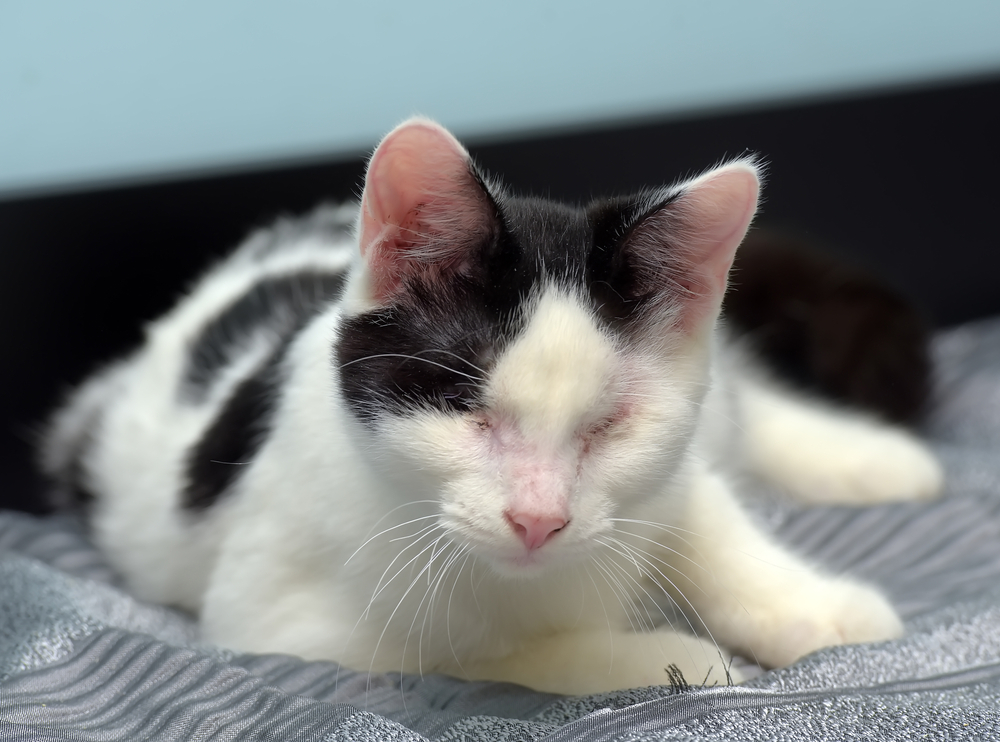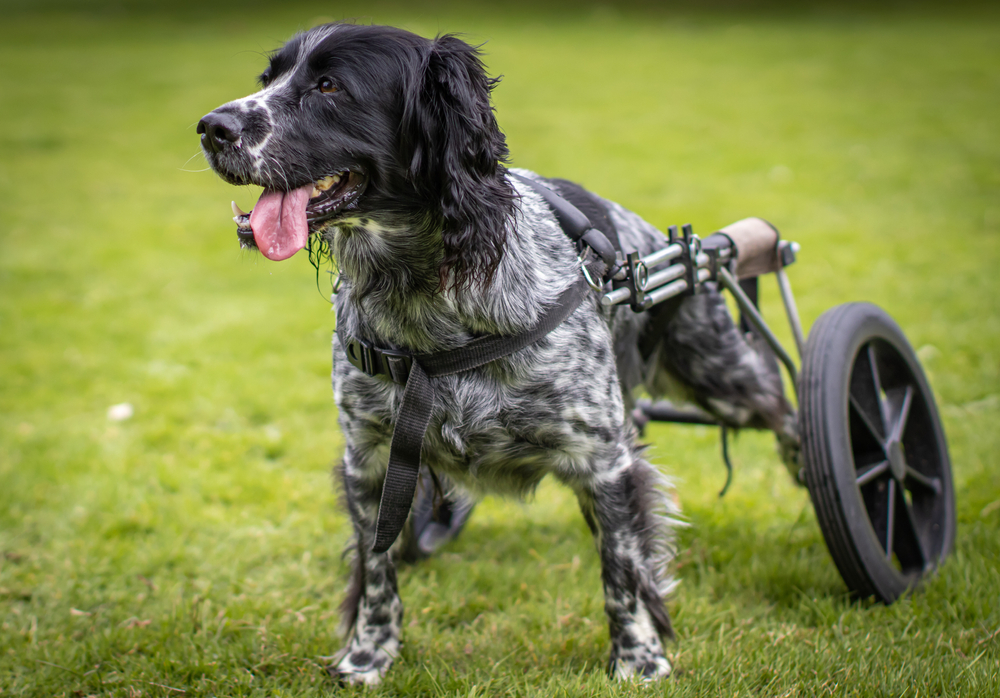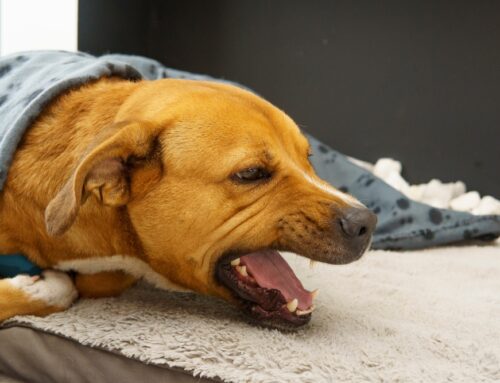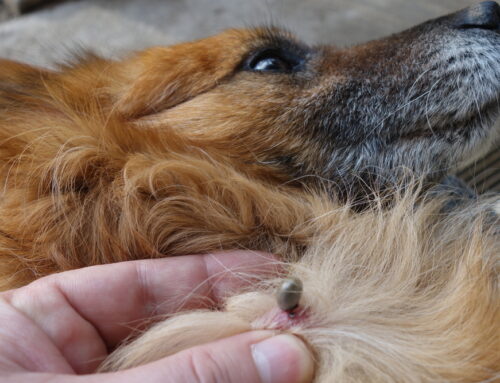Pets are remarkably resilient, and a pet who has a disability does not let their challenge detract from their ability to live a happy, fulfilling life. Although a specially abled pet adjusts to their environment, they still need extra help with certain activities of daily living. Read our Oliver Animal Hospital team’s tips on simple accommodations you can make to ensure your specially abled pet lives their best life.
#1: Elevate your pet’s food and water bowls
Because of decreased mobility, your pet may have difficulty lowering their head to food and water bowls on the floor. By elevating your pet’s food and water bowls, you can make eating and drinking easier for your furry friend who has an orthopedic or neurologic condition.
#2: Install ramps to help your pet access their favorite and necessary spaces
If your pet has mobility issues, you likely feel helpless watching them struggle to get on the couch or in the car, especially if they are large, and you cannot lift them. A pet ramp can help your specially abled pet access their favorite comfy spot on the couch or a necessary spot to urinate in the yard. Ensure the ramp has a non-skid surface and a gentle incline that is high enough for your pet to get on furniture or in the car. Keep a folding portable ramp handy in your car for helping your pet get in and out. If your pet has not used a ramp, teach them how by using positive reinforcement and treats to help your furry friend gain confidence using this assistive device. If your pet needs help using the ramp, be sure to provide them with extra support.
#3: Upgrade your pet’s bedding
An orthopedic pet bed is designed to take pressure off aching joints and provide spinal support while gently molding to your furry friend’s body. To provide optimal comfort for your specially abled pet, look for an orthopedic pet bed that has the following features:
- Thick, medical-grade memory or egg-crate foam
- A removable and washable cover
- A nonslip bottom to prevent sliding
For additional comfort, include a bed warmer to soothe your pet’s aching joints.
#4: Add traction to help your pet navigate slick floors
Prevent your pet from falling on slippery surfaces by placing textured mats and area rugs around the house. Mats and rugs can help your pet move confidently and reduce their injury risk. You can also apply traction aids to your pet’s paw pads or nails to help them grip slick or uneven surfaces.
#5: Provide consistency for your pet
All pets benefit from a predictable routine, but consistency is particularly important for a specially abled pet who requires daily medication or help keeping clean. In addition to their routine, ensure your pet’s environment remains consistent. If your pet is blind, do not change your home’s layout, such as rearranging the furniture. By keeping your home’s layout unchanged, you give your blind pet a sense of freedom and independence, as they can navigate the house confidently.
#6: Learn how to communicate with your pet
Depending on your pet’s disability, you may need to rethink the way you communicate with them. A pet who has hearing loss or is deaf cannot respond to verbal commands, so you must use hand signals to communicate effectively. However, a blind pet can respond to sound cues that alert them to your approach. Remember that blind pets can be easily startled, and you should speak before you touch them.
#7: Remove hazards that could hurt your pet
To ensure your specially abled pet avoids an anxiety-inducing accident or injury, make some simple accommodations in your house. Help your pet with disabilities navigate their environment safely by removing potential hazards:
- Keep walkways and common areas clear of clutter so your pet does not trip.
- Use pet gates to block your pet’s access to dangerous areas such as stairs, the kitchen, or around the fireplace.
- Move furniture that has sharp edges to a home area your pet does not frequent.
- Tape down cords that could cause your pet to trip.
#8: Keep your pet secure outdoors

Ensure your specially abled pet stays in a fenced area when they are off-leash outdoors. Pets with hearing loss may not hear busy traffic or respond to a verbal command, and always keep them leashed while taking walks. Consider outfitting your pet with a brightly colored harness that indicates they are deaf. In addition, if your pet has an unseen disability, such as blindness or deafness, remind people to greet them slowly to avoid startling your furry friend.
Your specially abled pet is resilient, especially when you meet their unique needs by making simple accommodations in your home environment and routine. If you would like to learn about more tools and resources that can help you care for your specially abled pet, schedule a consultation with our South Austin veterinary team at Oliver Animal Hospital, and help your furry friend live their best life.







Leave A Comment